Borage Profile
Written by admin
Nov 03 2020
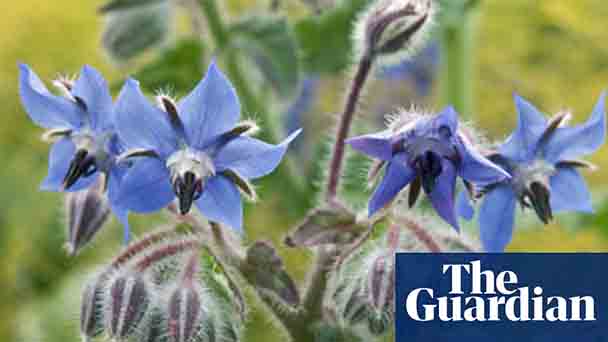
Borage is a plant of the genus Borage in the Boraginaceae family, an annual herbaceous aromatic plant. Its whole plant is dense and shaggy, and its height is 60-100 cm. The stem is straight, hollow and ribbed, nearly round. The leaves are alternate, ovate. Its cymes is dark blue, with cucumber fragrance, 5-petal corolla, hermaphrodite, bright yellow stamens with 5 pieces. Each flower has 1-4 seeds, black seeds, oblong small nuts.
Borage morphological characteristicsBorage efficacy and roleBorage growth habit and growing environment and distributionBorage cultivationSelected borage seedsDisinfection seed soakingNutrient soil preparation and loadingSowing seedlings
Borage is native to the eastern Mediterranean coast and the temperate regions of Asia Minor. Widely cultivated in Europe and North America, introduced and cultivated in Jinchang City, Gansu Province, China. Borage likes a cool and mild climate, is cold-resistant, the plant can tolerate a low temperature of -11°C, and is also heat-resistant, and can grow and develop normally at a temperature of 5-30°C. In deep, loose and fertile sandy loam, this herb grows well.
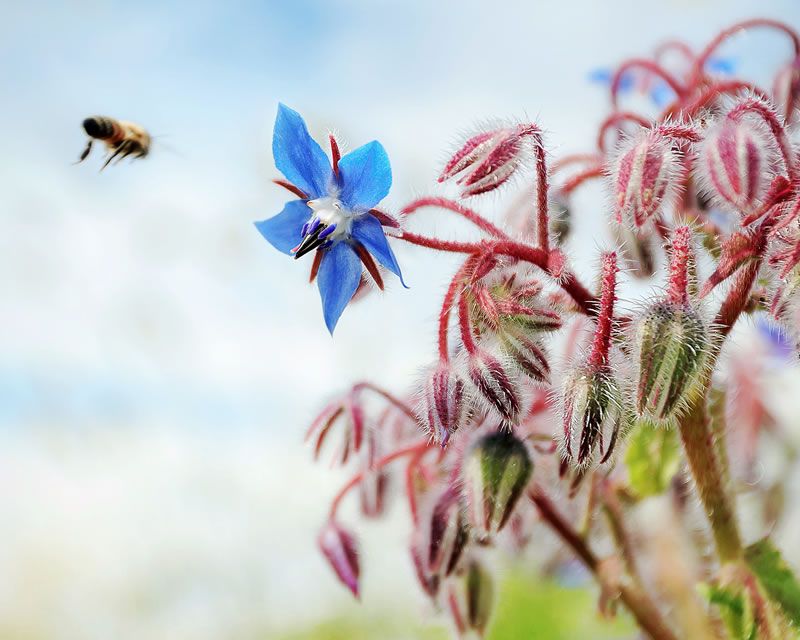
Borage morphological characteristics
Borage is an annual herb aromatic plant. The whole plant is dense and shag, and the plant height is 60-100 cm. The stem is straight, hollow and ribbed, nearly round. Its simple leaves are alternate, ovoid, and the leaves are 12-20 cm long and 2-12 cm wide. Each flower of borage has 1-4 seeds, black seeds and oblong small nuts.Borage efficacy and role
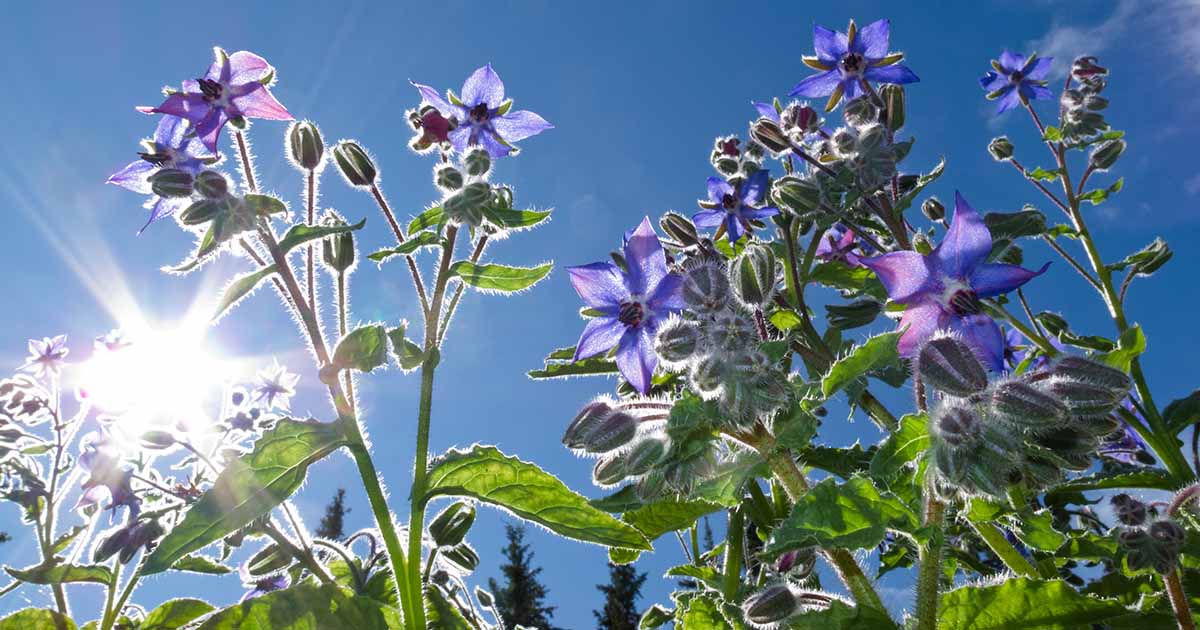
Borage growth habit and growing environment and distribution
Borage is native to the eastern Mediterranean coast and the temperate regions of Asia Minor. Widely cultivated in Europe and North America, introduced and cultivated in Jinchang City, Gansu Province, China. It likes a cool and mild climate, is cold-resistant, the plants can tolerate a low temperature of -11°C, and are also heat-resistant. They can grow and develop normally within a temperature range of 5-30°C. They are resistant to drought and are not strict with water requirements. Borage likes the sun and has strict requirements for light; it is resistant to diseases and fertilizers and has strong adaptability to the soil. It can generally grow in soil with a pH of 4.5-8.3. It grows well in the deep, loose and fertile sandy loam.Borage cultivation
Selected borage seeds
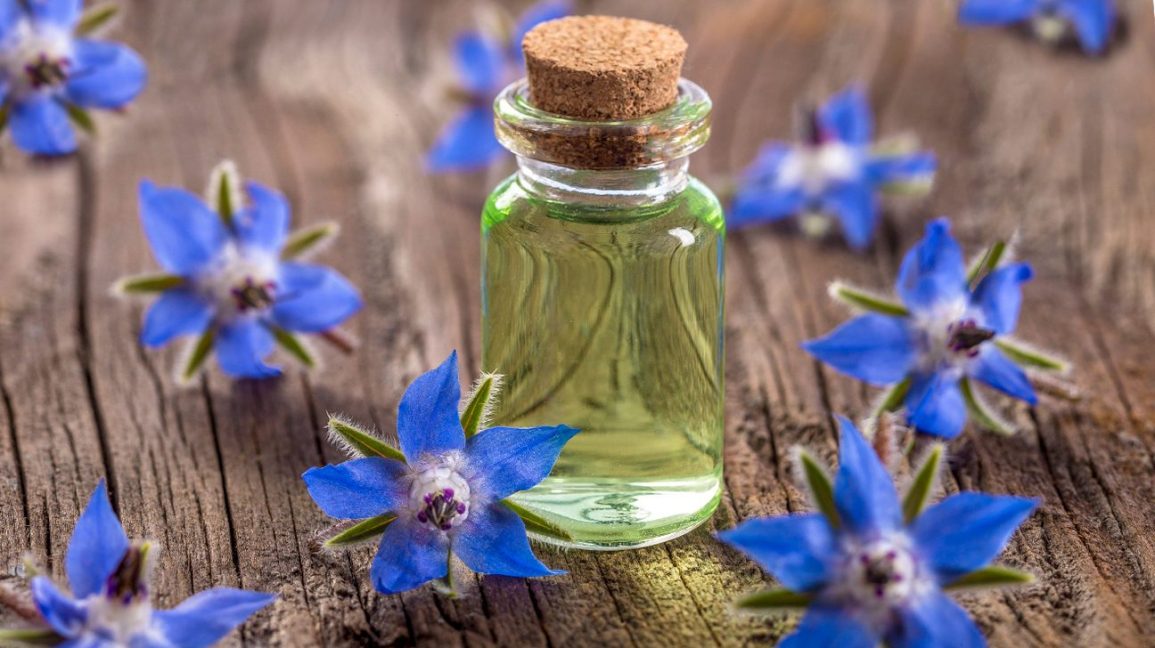
Disinfection seed soaking
For borage seeds suitable for planting, you'd better soak them with 50% carbendazim 600 times solution for 1-1.5 hours to eliminate the pathogens carried by the seeds, then remove them for drying, and then put them in warm water around 30°C. After soaking in the borage for 1-2 days, put it in a damp cloth bag, cover with plastic film, and place it in a room at 22-25°C for sprouting for 1-2 days. When the borage seeds are white, they can be sown.Nutrient soil preparation and loading
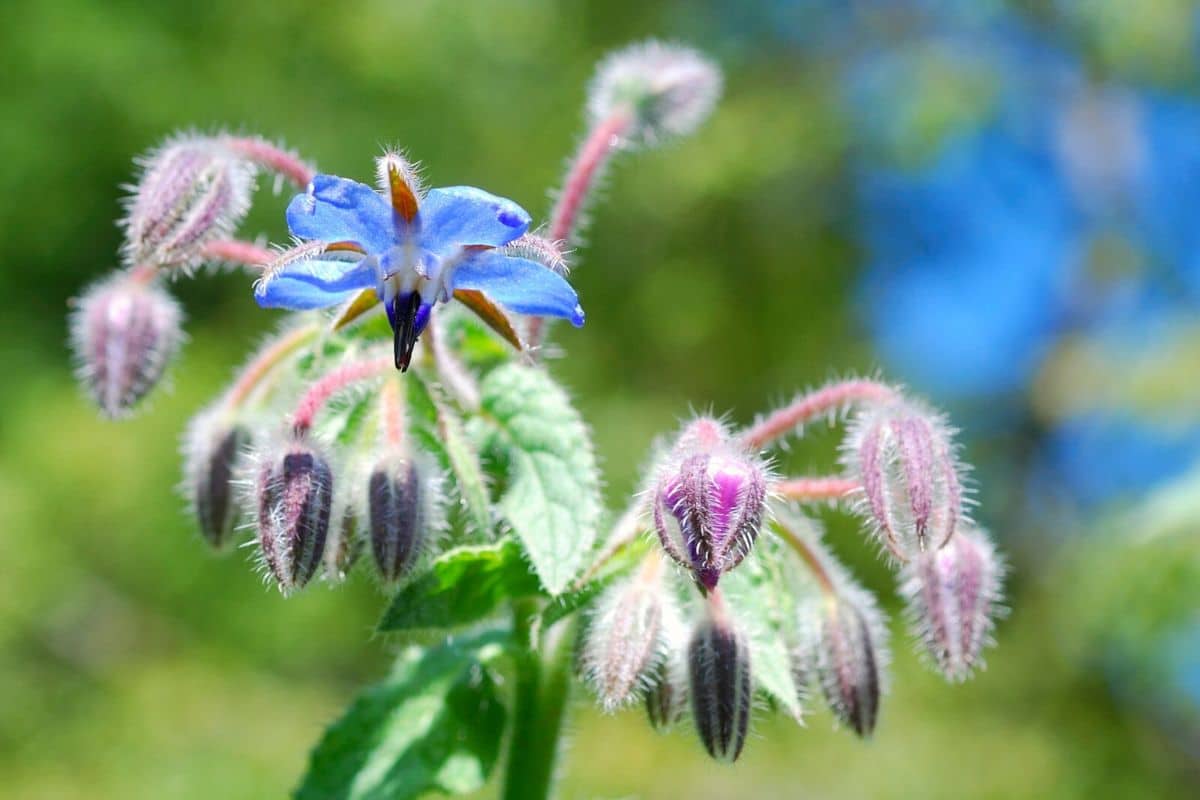
Sowing seedlings
Borage is best sown in June. One day before sowing, pour seedling plugs or flat trays filled with nutrient soil thoroughly with water. After the water is drained, 1-2 seeds per hole are sown in the trays, and the flat trays are sown at 6-8 cm plant and row spacing. -3 grains, cover 1.5-2 cm thick nutrient soil or dry fine garden soil after sowing, keep the temperature at 20-22 ℃, humidity 75-80%, and the whole seedlings will emerge 2-4 days after sowing.Latest Updated
- Benefits of Bugleweed - 7 Science-backed Health Benefits
- Bugleweed Dangers & Side Effects - Is It Poisonous?
- How to Plant Evergreen Trees - What You Should Know
- When to Plant Evergreens - Grow Guide for Evergreen Trees
- 12 Wonderful Evergreen Shrubs for Your Garden
- 12 Popular Evergreen Plants with Pictures for Beginners
- When And How To Prune A Lilac Bush Like a Pro
- How to Grow & Care for Lilac Vine (Hardenbergia Violacea)
- Japanese Lilac Tree (Syringa Reticulata) Care & Propagation Guide
- Shumard Oak Pros and Cons - What to Know
Popular Articles
- Winter maintenance of Antirrhinum Majus
- How to Grow Terminalia Mantaly Tree
- How to Grow and Care for Crossostephium Chinense
- How to grow Antirrhinum Majus in spring
- Peristeria Elata (Dove Orchid) Profile: Info & Care Guide
- Underwatered Snake Plant (Sansevieria Trifasciata) - Signs And How To Fix
- How to Care for Brazilian Jasmine Plant (Mandevilla Sanderi)
- How to Grow & Care for Graptopetalum Purple Delight in Summer
- Rosa Chinensis (China Rose): Plant Growing & Care Tips
- How to Care for Baby Sun Rose (Aptenia Cordifolia)